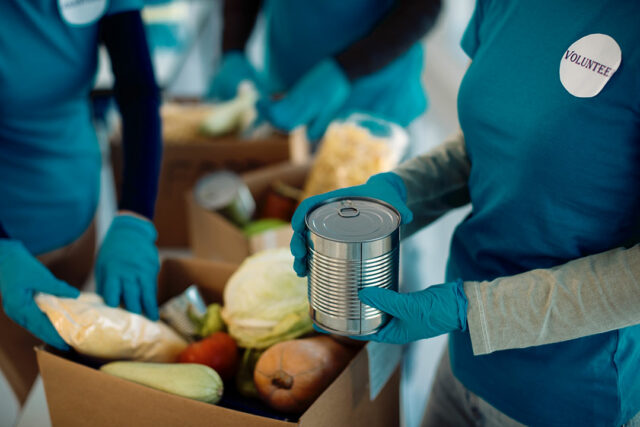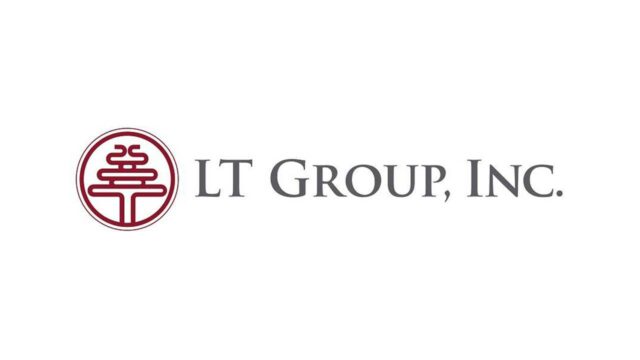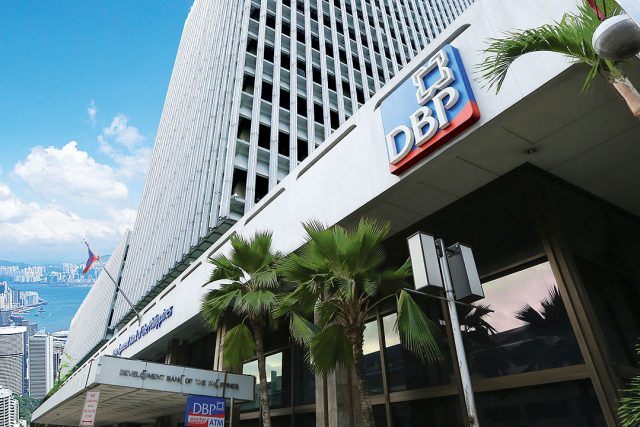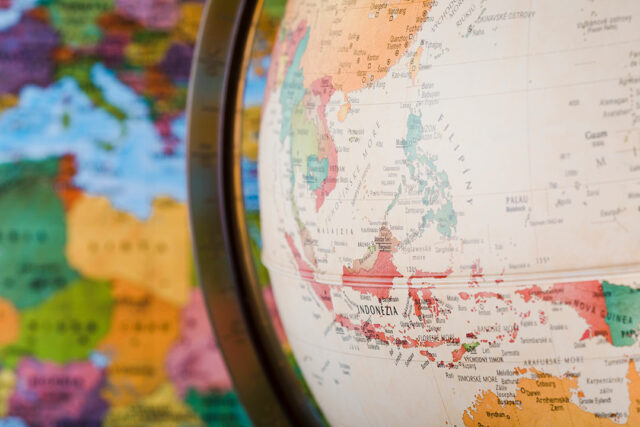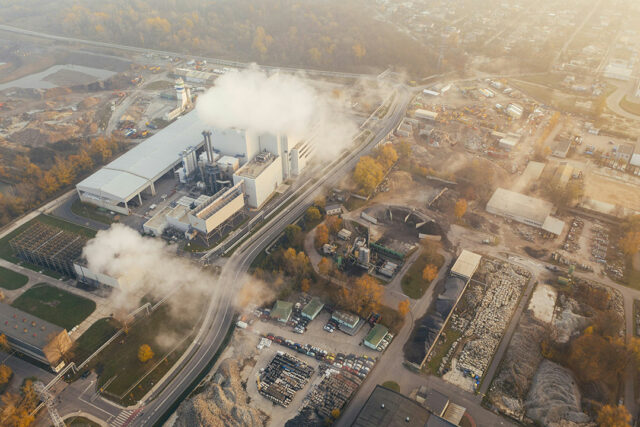T-bond yields drop as market awaits BSP move
THE GOVERNMENT made a full award of the reissued 20-year Treasury bonds (T-bonds) it offered on Tuesday at a lower average rate amid strong demand and despite some uncertainty regarding the Bangko Sentral ng Pilipinas’ (BSP) policy decision on Thursday.
The Bureau of the Treasury (BTr) raised P30 billion as planned via the reissued 20-year bonds it auctioned off on Tuesday as total bids reached P73.348 billion, or more than double the amount on offer. This brought the outstanding volume for the series to P383.3 billion, the Treasury said in a statement.
The bonds, which have a remaining life of six years and 11 months, were awarded at an average rate of 6.128%. Accepted yields ranged from 6.05% to 6.14%.
The average rate of the reissued papers dropped by 29.9 basis points (bps) from the 6.286% fetched for the series’ last award on July 9, and was also 39.3 bps lower than the 8% coupon for the issue.
However, this was 0.8 bp higher than the 6.115% seen for the same bond series and 5.4 bps above the 6.117% quoted for the seven-year bond, the tenor closest to the remaining life of the papers on offer, at the secondary market before Tuesday’s auction, based on PHP Bloomberg Valuation Service Reference Rates data provided by the BTr.
The BTr fully awarded its T-bond offer as rates declined versus the previous reissuance of the series, Rizal Commercial Banking Corp. Chief Economist Michael L. Ricafort said in a Viber message.
This, even as the average rate fetched for the papers was slightly higher than secondary market levels ahead of the BSP’s policy meeting, Mr. Ricafort said.
“The higher rate was due to some investors being uncertain of BSP’s move on Thursday. Still, this auction result is good if you compare it to the one-year bills,” a trader said in a text message.
On Monday, Treasury raised the planned P7 billion via the 364-day Treasury bills (T-bills) as demand totaled P19.985 billion. The average rate of the one-year debt inched down by 1.2 bps to 6.062% from the 6.074% quoted for the tenor last week.
Analysts are divided on the Monetary Board’s rate decision this week as faster inflation in July caused BSP Governor Eli M. Remolona, Jr. to take a less dovish policy stance.
The BSP is now “a little bit less likely” to cut rates at Thursday’s policy meeting following the elevated July inflation print, Mr. Remolona said last week, adding that they remain open to off-cycle moves.
A BusinessWorld poll showed that nine out of 16 analysts surveyed expect the central bank to deliver a 25-bp rate cut at Thursday’s review.
This would bring the target reverse repurchase rate to 6.25% and would be the first reduction in benchmark borrowing costs since November 2020, or during the height of the coronavirus pandemic.
Meanwhile, the seven other analysts polled expect the BSP to keep rates steady this week amid lingering risks to the inflation outlook and with the US Federal Reserve seen to deliver a jumbo rate cut next month.
The Monetary Board has kept its policy rate at an over 17-year high of 6.5% since October 2023 following cumulative increases worth 450 bps.
Headline inflation picked up to a nine-month high of 4.4% in July from 3.7% in June, the Philippine Statistics Authority reported last week. This was slower than the 4.7% print in the same month a year ago and was within the BSP’s 4%-4.8% forecast for the month.
However, this was the fastest print in nine months or since the 4.9% clip in October 2023. It also marked the first time since November that inflation exceeded the central bank’s 2-4% annual target.
Meanwhile, the Fed is expected to begin its monetary easing cycle by September, with markets seeing more than 50 bps in cuts following recent data pointing at a potential slowdown in the world’s largest economy.
The Fed has kept its benchmark overnight interest rate at the current 5.25%-5.5% range since July 2023 after increases worth 525 bps.
The Treasury is looking to raise P220 billion from the domestic market in August, or P80 billion from T-bills and P140 billion via T-bonds.
The government borrows from local and foreign sources to help fund its budget deficit, which is capped at P1.48 trillion or 5.6% of gross domestic product for this year. — AMCS


